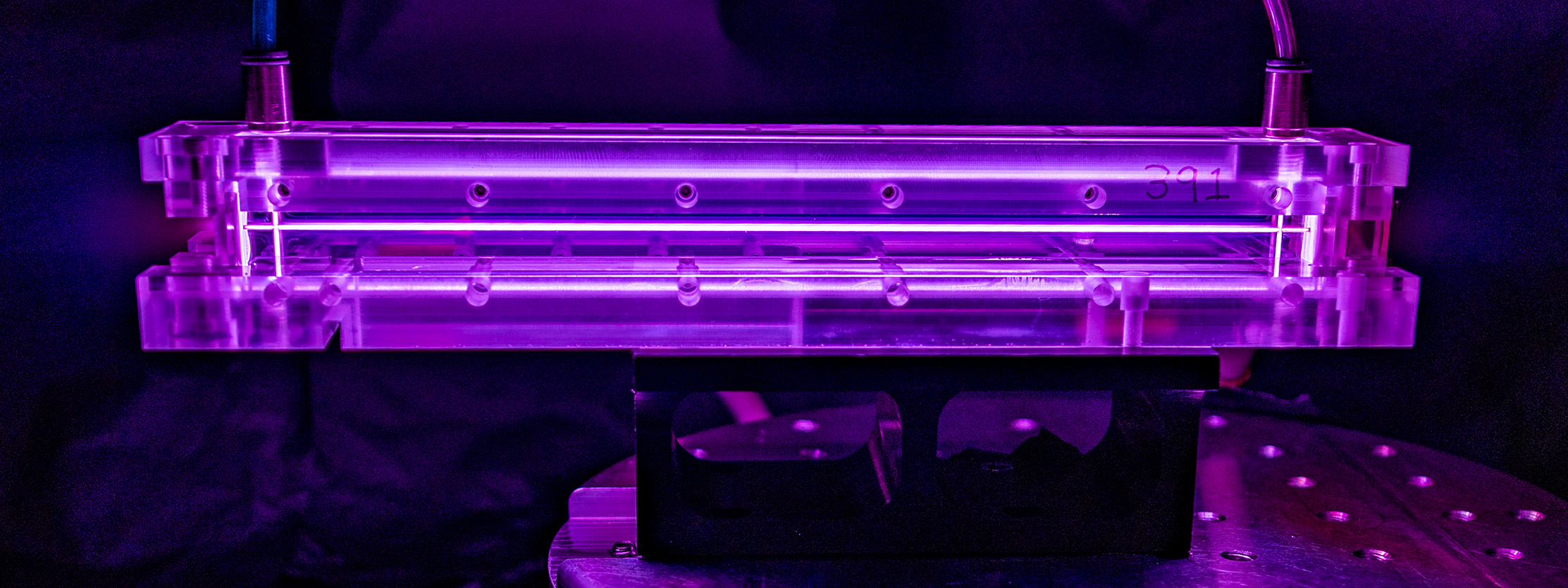The laser-plasma accelerator, or LPA, is a revolutionary technology already starting to fulfill its promise of making particle accelerators smaller and more affordable and delivering beams with unique properties.
The BELLA Center uses some of the world’s fastest and most powerful lasers to drive LPAs and to address various scientific needs. These include future high-energy physics colliders, ultrafast photon and particle beams for probing matter, ultra-intense beams for high-energy-density science, novel beams for biological studies, and national security and industry applications.
By providing hands-on access to cutting-edge technology, computational tools, and theoretical models, the BELLA Center is also an ideal environment for training the next generation of particle accelerator researchers.
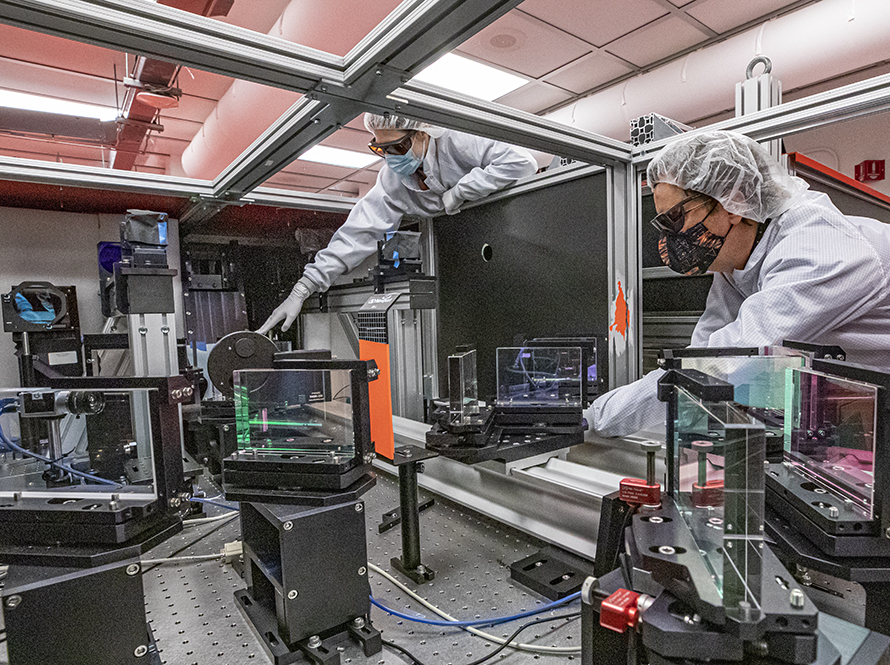
A primary long-term focus of the BELLA Center is to develop LPAs to reduce the size and cost of high-energy physics colliders. One primary goal on that path is to demonstrate electron beams at the 10-GeV level using the BELLA PW laser and meter-scale plasmas. Another is to demonstrate the coupling (staging) of two LPA modules, each powered by separate laser pulses. Reaching high particle energies will require staging many modules in series.
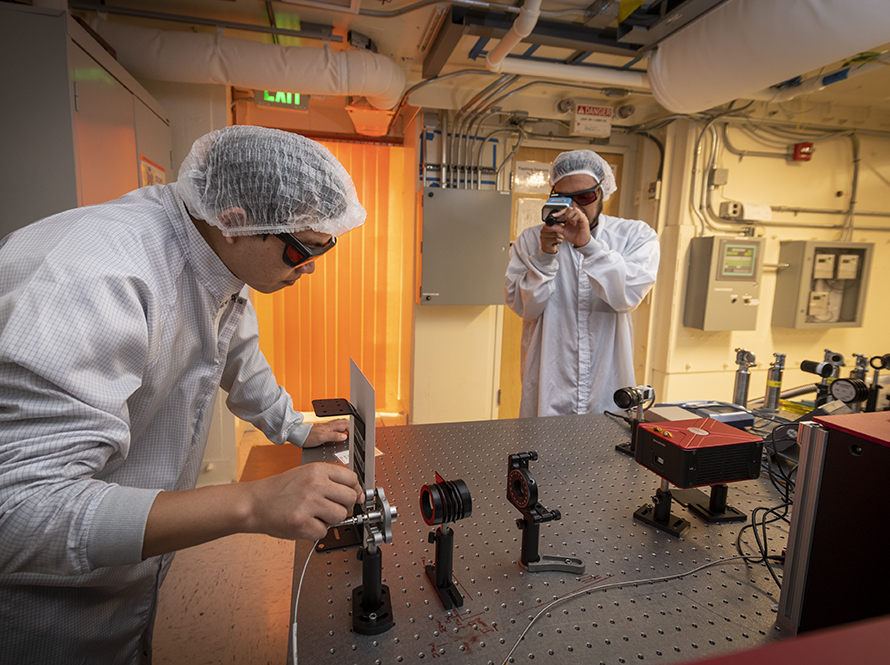
To enhance applications of LPAs, we are developing novel fiber laser technologies capable of delivering intense laser pulses at high (kHz) repetition rates. Fiber lasers can provide highly efficient, compact, robust monolithic laser architectures. We can produce high-energy laser pulses by combining many fiber pulses in space and time. Our future kBELLA facility will be driven by fiber lasers at high average power (kW), enabling LPA applications in discovery science, medicine, and industry.
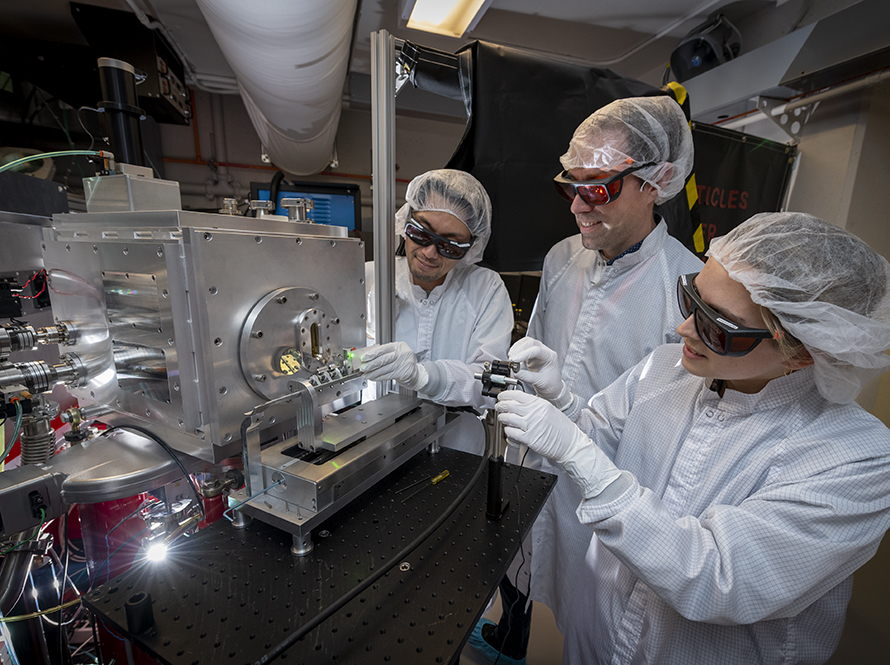
Achieving ultra-high laser intensities involves focusing ultra-short laser pulses (~30 fs) from the BELLA PW laser to small (few-micron) diameters. Charged particles in the plasma experience extreme electromagnetic fields and are quickly accelerated to nearly the speed of light. Applications of ultra-intense laser pulses include exploring phenomena in high energy density science, fundamental strong field interactions, inertial fusion relevant science, and laser-driven proton beams for various purposes.
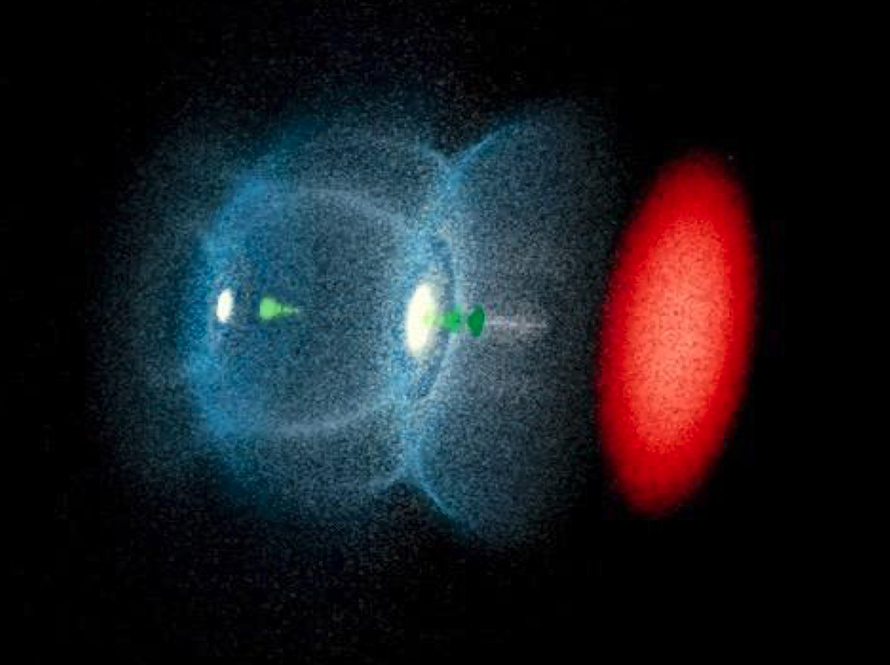
LPAs exploit the coupled, nonlinear interaction between a relativistically intense laser pulse and matter in a plasma state. The BELLA Center is advancing the fundamental understanding of intense, ultra-short laser-plasma interactions through theory and modeling closely connected to ongoing experiments. Our research encompasses the physics of intense laser interactions with plasmas, beams, and solids, the creation of numerical tools for modeling these interactions, and applications of LPA technology.
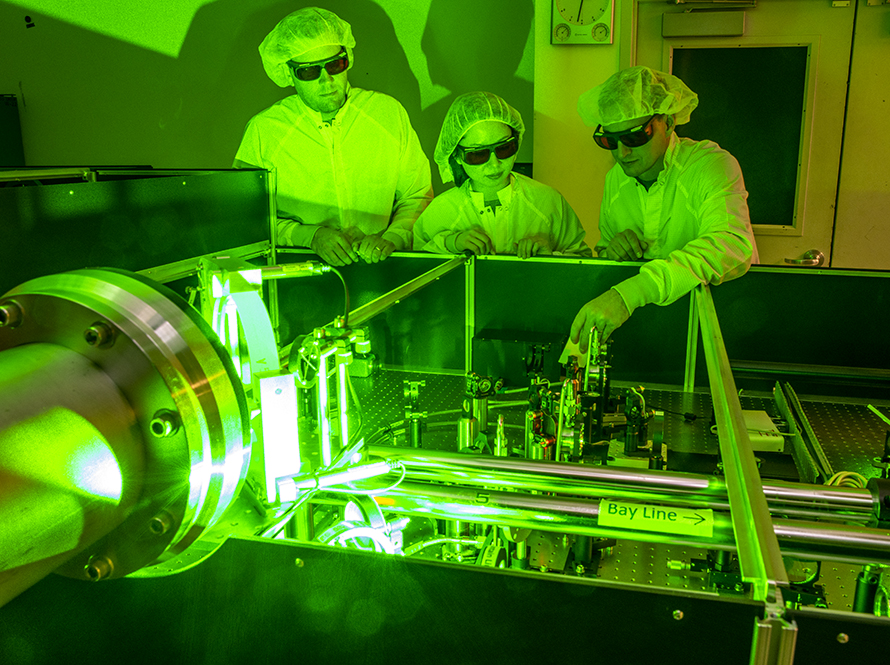
Relativistic electron beams from LPAs are used to generate light in the extreme ultraviolet, X-ray, and gamma-ray regimes. Photon generation mechanisms include using an undulator magnet to produce free-electron laser radiation, a scatter laser to produce Thomson or Compton photons, and plasma waves to produce betatron radiation. These compact sources are not only intense, but also provide intrinsically synchronized ultrashort pulses (~ fs), enabling a variety of pump-probe studies and applications.
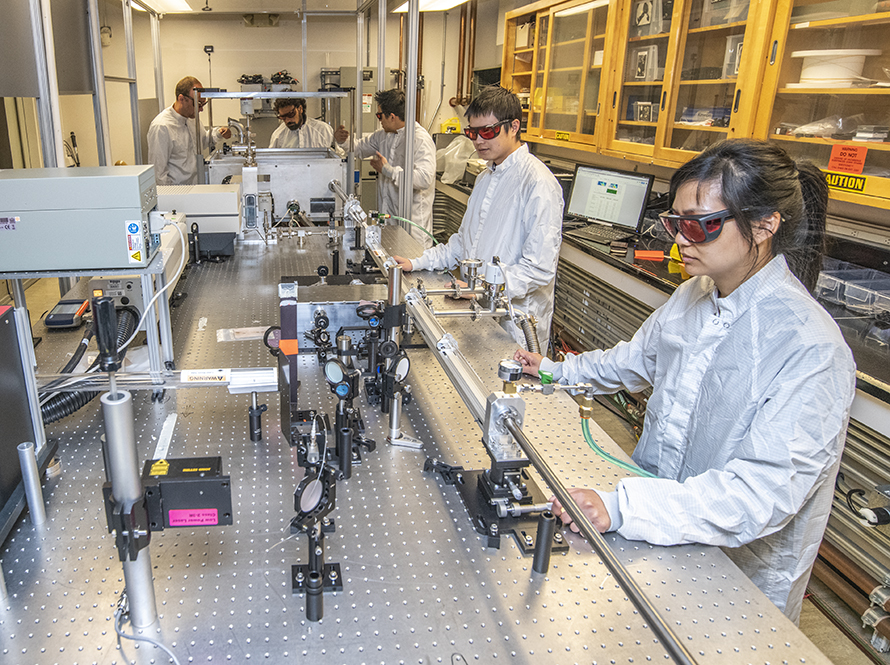
The BELLA Center has five high-power laser systems and target areas. The flagship BELLA Petawatt laser (40 J, 40 fs, 1Hz) has a new second beamline and short focal length capability for studying multi-stage LPAs and high-intensity phenomena. Research on photon sources, precision LPAs, and applications is conducted on two 5-Hz, 100-TW systems, and a kHz, mJ system. A fiber laser lab is pioneering coherent laser-pulse combination to provide high peak and average power for applications at kHz levels and beyond.

The BELLA Center offers internships at various levels. To apply, please submit your application through the Laboratory’s Workforce Development & Education Office. After submitting your application, please email the BELLA Center Internship Coordinator, Aodhan McIlvenny, a cover letter outlining your research interests and availability dates. Additionally, attach your CV, a list of publications, and two letters of support.
